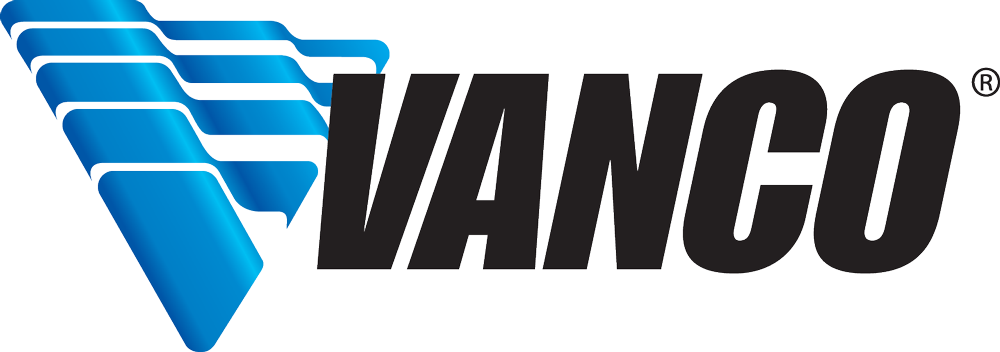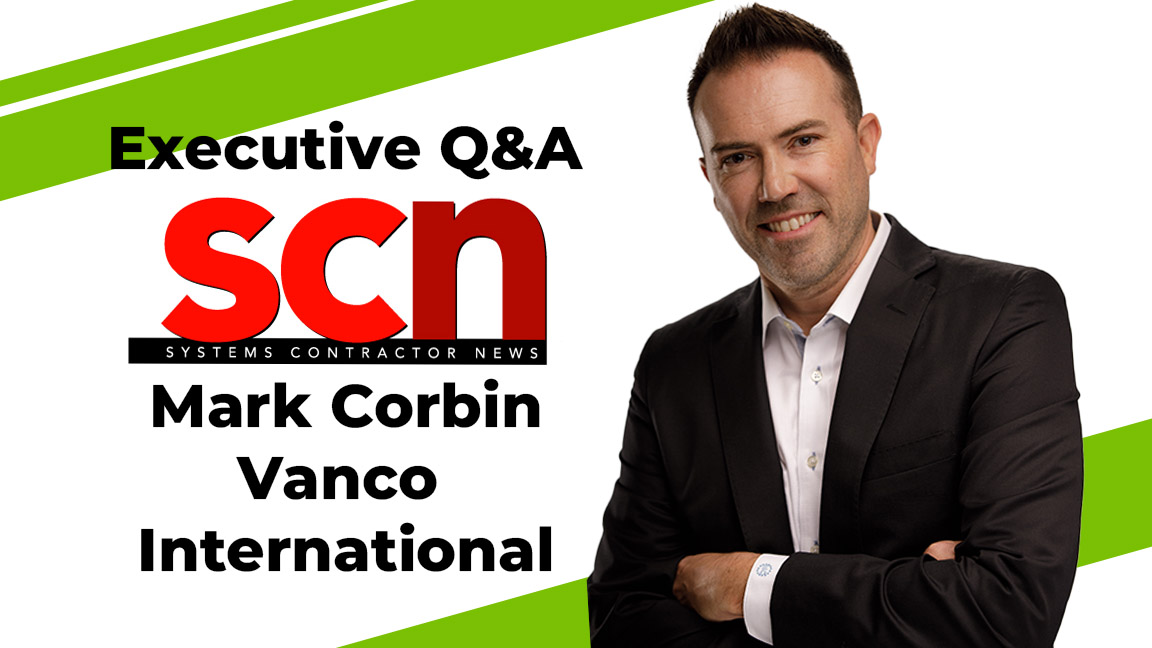SCN: How long have you been with this company, and what are your responsibilities?
Mark Corbin: I’ve been with Vanco for the past 14 years, though as a family business, it’s been part of my entire life. I joined as VP of distribution markets in 2011, overseeing sales strategy, product placement and development, and distributor training programs. These days, as president, I’m responsible for overall strategy, including growing our business and core brands, adding new product categories and markets, and ensuring operational discipline. I still keep a hand in sales as well, managing key accounts in the distribution markets division.

SCN: What brands fall under the Vanco International banner?
MC: We like to say, “You can spec a whole project with Vanco.” That’s possible because we’ve brought together several flagship brands under one roof, which lets us offer both technical excellence and impressive breadth. There’s the core Vanco brand, of course, which includes cables, mounts, adapters and accessories. Evolution is our AV distribution brand, with AVoIP solutions, selector switches, HDMI splitters and extenders, IR kits, and accessories. Beale Street is our premium audio line, home to the Sonic Vortex speakers. Since acquiring the brand in 2017, we’ve expanded it to a full audio solution stack, with amps, pre-amps, outdoor speakers, and accessories. Finally, PulseAudio is an amplifier and audio accessories line packed with purpose-built audio distribution solutions. We’re also the preferred partner for Procell Batteries and the exclusive partner for Monster Power and Surge Centers distributing to the Pro AV, electrical, and security markets.
SCN: While they are not directly linked, has all the tariff talk sparked interest in Vanco’s range of TAA-compliant products beyond government customers?
MC: There are certainly some overlapping drivers. The ongoing tariff saga has foregrounded regulatory uncertainty, and no one wants the rug pulled out from under them. Specifying TAA-compliant products is a hedge: If you’re sourcing gear exclusively from friendly nations, you’re less likely to be impacted by a new policy banning or sanctioning products from a disfavored source. Increasingly, though, TAA compliance is just baseline policy. End customers and integrators alike benefit from maintaining unified procurement standards rather than juggling different rules for different projects. If some of your projects need to be TAA compliant, it’s easier for all of them to be.
SCN: How is AI impacting Vanco’s current product lines and product development?
MC: As tempting as it may be to jump on the AI bandwagon, these aren't the only solutions the market needs right now. We're focused on developing core physical, transport, and data layer solutions that deliver reliable, affordable, full-featured solutions. That said, the AI revolution is driving digitalization and increased uptake of network-based delivery, because AI cannot optimize what it cannot see. There have been some ripple effects for us: enabling more standardized network-based management of all Vanco devices, incorporating Dante AVoIP support into all our new audio products, and launching the fully updated EVO-IP 2.0 AV over IP distribution platform to support this changing ecosystem.
SCN: How important has AVoIP become to the hospitality vertical?
MC: As streaming has simplified residential AV systems, it has introduced new complexity and demands for venues like sports bars and restaurants. It's now central to hospitality AV. Digital signage, room control, guest entertainment, and locale-wide video distribution require products like EVO-IP 2.0 with auto-discovery, video wall signage, and VLAN-free setup in spaces like these which require flexibility and the ability to scale. These projects also face very high staff turnover, so they benefit from extreme simplicity. EVO-IP has a very user-friendly, web-based GUI that employees can operate from an Android or Apple table. Third-party control is completely optional. That simplicity is a huge benefit in this fast-paced vertical.
SCN: Which business area is growing more for Vanco, residential or commercial?
MC: While residential remains a strong and steady part of Vanco’s business, commercial is where we’re seeing the fastest growth. This momentum is being driven by increased demand in hospitality, education, corporate, and light commercial spaces, especially for scalable AV over IP systems. As more integrators serve hybrid environments and mid-market projects with tighter budgets and higher expectations, Vanco’s focus on modular, easy-to-deploy solutions has struck a chord.
As more integrators serve hybrid environments and mid-market projects with tighter budgets and higher expectations, Vanco’s focus on modular, easy-to-deploy solutions has struck a chord.
SCN: Some experts say HDMI’s days are numbered, while others expect it to coexist with USB-C for some time. As a cable manufacturer, what do your experts (and sales) tell you?
MC: I think the rumors of the death of HDMI are greatly exaggerated. USB-C is deceptively complicated and extremely length-constrained. Certified USB-C cables that can handle UHD video as well as data are worth their weight in gold. That’s not to say HDMI is simple, but it’s the devil the industry knows. There’s going to be a reasonably long transition period as more affordable and reliable USB-C extension and distribution products come to market and undergo field testing.
SCN: What’s one product area that potential customers are surprised you offer?
MC: Customers who rely on Vanco to supply certified HDMI cables for every single project are often shocked to discover we have 70V architectural speakers, two and four-channel 1000W amplifiers, and audio matrix pre-amps for a complete commercial audio solution. Then again, those who rely on our EVO-IP platform to deliver video wall content often have no idea we also have the tilting mounts they need to install the screens. We like pleasantly surprising our customers—and when we do it enough times, they eventually learn that, whatever they need, they should check with us first.
SCN: What’s next for the Pro AV industry?
MC: I’ve got three major trends at the top of my mind. First, AV over IP ubiquity across commercial, hospitality, and upper-tier residential installs (it’s been a long time coming). Paired with that, I’m seeing increased demand for remote management, especially as integrators balance growth with fewer truck rolls and tighter margins. And finally, as integrators take on a higher volume of mid-market jobs, I’m tracking demand for standardized, scalable kits and bundles (UCC, DSP, networked video) to simplify quoting and deployment.

